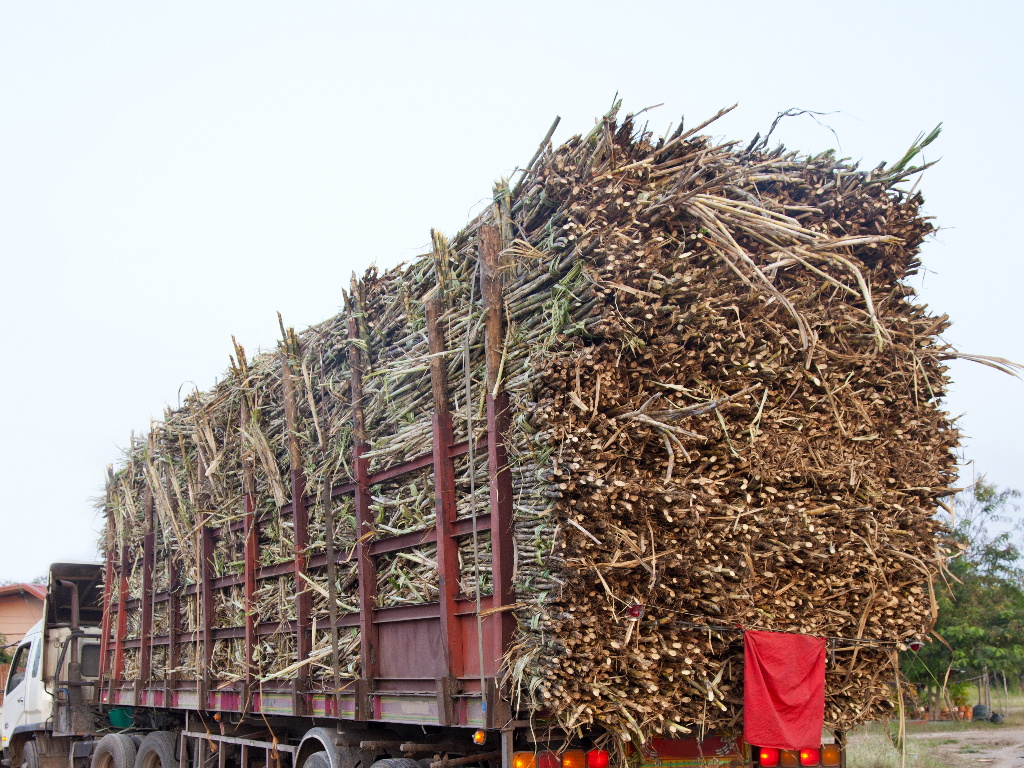By Francis Songok
The journey of cane from the field to the mill in Kenya should be as straightforward as the classic school math problem: A tractor travels at X km/hr from point A to point B, a distance of Y km; at what time will it arrive if it leaves at 08:00hrs? But in reality, inefficiencies in cane transport—compounded by high costs, logistical challenges, and poor rural roads—turn this journey into a period of intense anxiety for farmers, who await confirmation that their harvest has safely reached the mill.
The Challenge: High and Unpredictable Transport Costs
After harvesting, sugarcane must be delivered to the mill within 24–48 hours to prevent deterioration, maximize sugar recovery, and ensure farmers receive full payments. For many smallholder farmers in Kenya, this critical window is fraught with challenges:
-
Unpredictable and rising transport costs
-
Delivery delays due to poor road conditions
-
Shrinking profits even before the cane reaches the mill gate
Recent Kenya Sugar Board (KSB) surveys indicate that transport can account for up to 30% of the total cost of sugarcane production in some regions, and losses due to delayed or spoiled cane can reach thousands of tonnes annually.
Root Causes of High Transport Costs
Several structural and regulatory factors are responsible for the persistent burden on sugarcane farmers:
1. Lack of Rural Infrastructure Investment
Poor road infrastructure is one of the most critical challenges. Bad roads increase the cost of transporting cane as trucks and tractors consume more fuel, break down frequently, and require costly maintenance. Transporters inevitably pass these costs on to farmers or millers, eroding profitability across the value chain.
2. Poor Catchment Area Compliance
While the Sugar Act 2024 strengthens cane zoning to assign farmers to nearby mills—minimizing transport distance and cost—some mills still transport cane over long distances, often crossing county boundaries. Weak enforcement, economic pressures, and sometimes regulatory loopholes contribute to this non-compliance, driving up costs.
3. Limited Support for Cooperative and Farmer-Owned Transport
Few farmers have access to cooperative-owned tractors or trucks. Government and miller support for farmer transport groups is minimal. As a result, farmers remain dependent on private transporters, who often prioritize profit over service, charging exploitative rates, especially during peak seasons or in inaccessible areas.
4. Inadequate Transport Coordination
Unlike other agricultural sectors with organized logistics, sugarcane farmers are largely on their own. Millers often schedule harvesting and transport without farmer input, leading to inefficient scheduling, delayed harvesting, and trucks returning empty. This increases waste and costs.
What Needs to Change?
To protect farmer incomes, stabilize the sugar sector, and encourage cane development among youth and existing farmers, the following measures are necessary:
-
Invest in Rural Infrastructure:
Government and regulators such as KSB should prioritize targeted investment in rural roads and bridges in key cane-growing areas, supported by sugar sector levies or public-private partnerships. -
Empower Farmer Transport Groups:
Support and incentivize the formation of farmer-owned transport cooperatives, helping them collectively own and manage transport vehicles. This would reduce dependence on middlemen and lower transport costs. -
Enforce Fair Contract Terms:
Contracts between farmers and millers should clearly outline transport responsibilities and costs, preventing hidden charges or unfair deductions from cane payments. -
Strengthen Regulation and Oversight:
KSB must continue to monitor and enforce catchment area compliance, and promote coordinated transport scheduling with farmer input.
As Kenya debates the future of its sugar sector, we must remember: no matter how modern the mills or strict the regulations, the industry cannot thrive if the cane does not arrive or if the farmer earns nothing. Transport costs remain a critical barrier to smallholder sugarcane development. Addressing these inefficiencies through infrastructure investment, farmer-led logistics, and fair pricing mechanisms is essential for equitable growth in the sector.
The road to a better sugar industry truly begins on the farm, with a fair, affordable journey to the factory.

